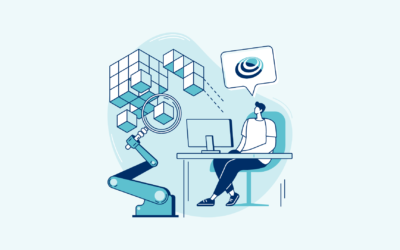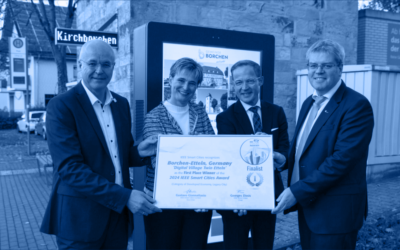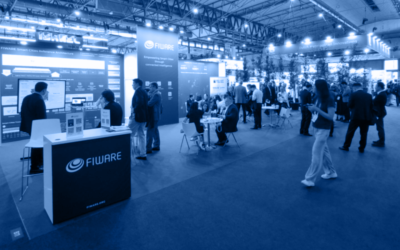In previous blog posts the benefits of NGSI version 2 have been described, as a harmonized API for IoT Big Data ecosystems and particularly for exposing real time context information. Harmonized APIs are a necessary but not sufficient condition to foster developer-friendly IoT Big Data Ecosystems, which enable building smart applications.
If data models are not harmonized, developers, in practice, get forced to change their application when porting it to another context (E.g. a different city).
Harmonizing data models means creating a shared vocabulary of terms and relationships that provide uniformity on the representation of different concepts: parking, public transport, weather… Harmonized APIs and data models, together, will enable the creation of smart applications that are portable at data level.
The FIWARE community has started an agile, implementation-driven process, to devise harmonized data models. Focusing initially on the smart city domain, the work is evolving on a daily basis and it is being registered on the documentation hosted in the related Github repository. Such documentation is currently written in markdown format and published to a readthedocs site.
There is also a landing page http://fiware.org/data-models (to be redirected from http://schema.fiware.org, as per schema.org recommendations) which provides fast and convenient access to the different data models.
Such data models are published under the Creative Commons by Attribution License.
The design principles behind the FIWARE data models promote reuse, thus existing vocabularies, especially schema.org, have been adopted and leveraged. Other design principles are flexibility and simplicity, enabling a phased adoption by data providers and applications.
A first, draft version of the following models has already been provided:
-
Parking. They allow to model on street and off street parking areas. The data models reuse parts of the vocabulary defined by DATEX II
-
Waste Management. It is intended to model all the assets intervening on (municipal) waste management (containers, isles, etc.)
-
Streetlighting. They model urban streetlights and certain aspects of their controlling equipment
-
Civic Issue Tracking, leveraging the popular Open311 de facto standard to meet NGSIv2
-
Key Performance Indicators, to model performance measurements appropriately
-
Water Quality. Captures different observed measurements (ph, conductivity, etc.) about the quality of water in rivers and lakes, or water intended to human consumption
Other data models to be developed and documented are Weather, Environment, Alarms, Devices or Parks & Gardens. Contributions, in the form of Github pull requests, are encouraged.
It is noteworthy that, at the time of writing, different FIWARE community members and telco operators worldwide (with GSMA support) are starting to experiment in real applications with the referred data models. As a result, valuable feedback can be obtained in order to refine them. The final aim is to contribute these data models to standards organizations, industry associations (particularly GSMA) or global community-driven efforts (schema.org).
José Manuel Cantera – Technological Expert. FIWARE Team



